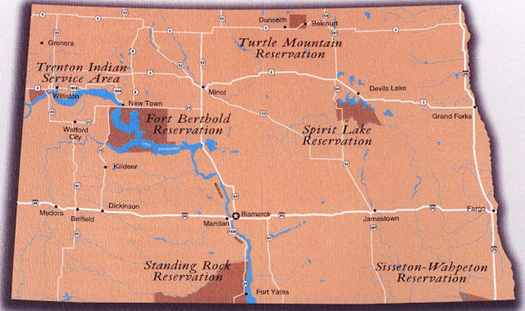Edward Code Experiences¶
The following information was related by Edward Code to Edna (Potts) Code. She compiled it as an essay in 1936 for which she won first place in a State Federation of Womens Club contest.
Grandfather's Experience in the Dakotas¶
Grandfather Code is eighty-two years old and this little story I am going to narrate has often been told to his grandchildren.
He came to the Dakotas from Ontario, Canada in 1879. His older brothers had taken claims in Dakotas in 1878. His claim was one and a half miles from the present site of Park River. At this time, as the land had not been surveyed, settlers just squatted on the land.
Grandfather left Ontario by train and reached Fisher’s Landing at the end of the Great Northern Railroad, in the spring of 1879. From Fisher’s Landing he traveled by ox-team to Grand Forks, ferrying across the river at East Grand Forks.
Being a cabinet maker by trade, he worked on the early buildings in Grand Forks and made furniture in the old Hudson Bay Building, about a block from the present site of the Dakota Hotel. He also made the post office boxes for the first Post Office in Grand Forks.
From Grand Forks he proceeded north by ox team to his claim on the Park River a distance of sixty-five miles. His claim was heavily timbered so there was plenty of material for his log cabin.
The winter of 1879 was, says grandfather Code, the most severe that he ever experienced. One great blizzard raged in all its fury for several days, stock suffered for food and water, and he himself had only a little wheat to eat. This little wheat he had to grind in a little hopper-mill then sift and make into a dough for bread.
Many of the settlers found that their supplies were sadly depleted by the duration of the blizzard and after the blizzard there was still the hardship of trekking through the great drifts to the storehouses for supplies.
His experiences with the prairie fires were disheartening. One year so much of his hay was destroyed that he was forced to sell his oxen. Fighting these fires were desperate experiences, and grandfather tells of narrow escapes to the river and of neighbors who were seriously burned.
Every pioneer Dakotan must have his Indian story, so did Grandfather. He met his first Indian during the first year he was in Dakota as he was walking from his home on the claim to Grand Forks. While he was walking, he felt and then saw the Indian approaching and then looking around could see many more in the distance. After all the harrowing tales he had heard about the Indians before leaving his home in Canada, he felt frightened. The nearer the Indian came the more frightened and excited he became. When the zero-minute arrived and the Indian was really by his side he soon realized that he was friendly for he said, “hello, where are you going?” Grandfather said Grand Forks and the Indian said he was going there too and they went along together. This Indian was scouting the road for the tribe who were on the move to the Turtle Mountain.
Grandfather and his brother William Code had a big part in the early history of the Park River community. William Code was one of the first commissioners of Walsh County and at the fiftieth anniversary he was the only living representative of those first commissioners.
Fisher’s Landing¶
From 1875 – 1879, Fisher’s Landing was the end of the railroad, and JJ Hill and Norman Kittson moved most of their steamboats there, carrying freight and passengers north to Fort Garry (Winnipeg) and mostly furs back to The Landing, to be sent by rail to St. Paul. The rails that built the first railroad in Manitoba were hauled through The Landing, and the first locomotive, The Countess of Dufferin, along with a coal tender and flat cars, were loaded on barges at Fisher’s and towed to Fort Garry by the steamboat Selkirk. Southeast of Grand Forks on the Red Lake River which flows into the Red River at Grand Forks.

Turtle Mountain Reservation¶
The Turtle Mountain Reservation was established in Dec. 1882 and is located primarily in the Turtle Mountains in Rolette County, North Dakota. This federally-recognized reservation consists of approximately 70 square miles. The population on the reservation is about 6,000 (2000 pop. figures). By 1863, the Chippewa domain encompassed nearly one-third of the land in what would become North Dakota. White settlers, wanting to take advantage of the Homestead Act petitioned Congress to open up the Red River valley for agriculture and to make treaties with the native peoples. The government secured all 11-million acres obtained in the Sweet Corn Treaty to open it up to settlement. The Chippewa signed the treaty under duress.
